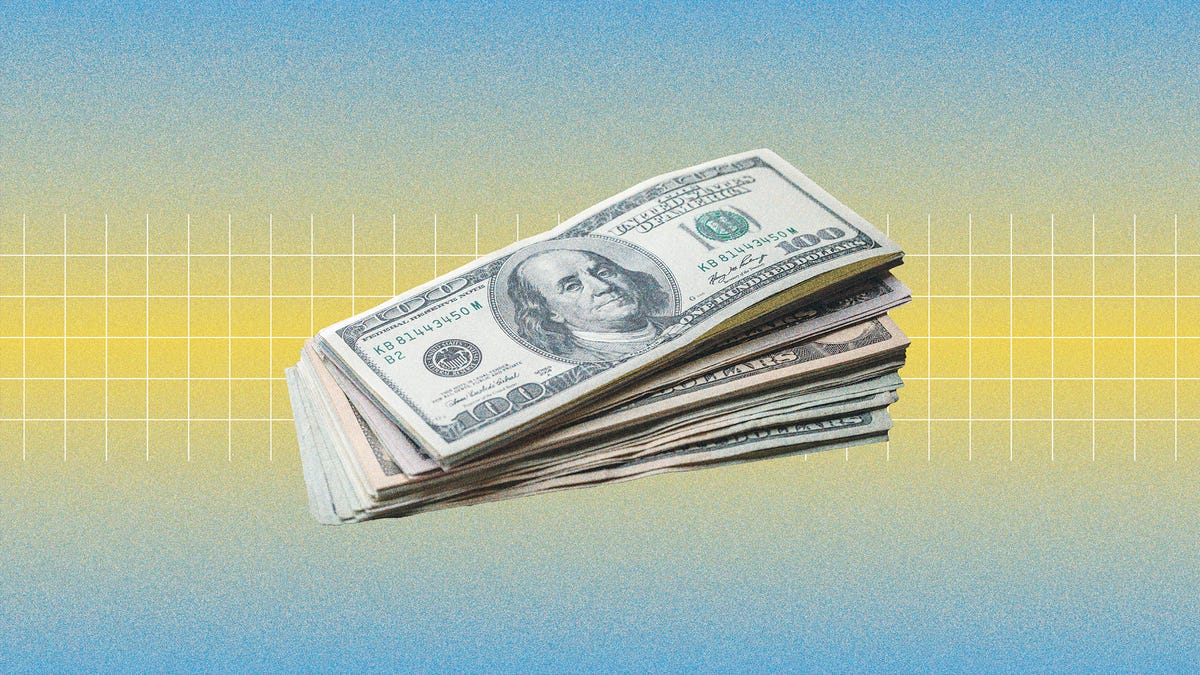 Why You Can Trust CNET
Why You Can Trust CNET Advertiser Disclosure
How Young Retirees Sidestep Early 401(k) Withdrawal Penalties
A Roth conversion ladder lets you access retirement funds sooner without penalty, but you need to put it into action years ahead of time to reap its rewards.

Want to retire early? If the answer is yes, there are investment strategies you can implement now that will safeguard you from stiff penalties later.
A Roth conversion ladder allows you to sidestep the hefty early withdrawal fees that come with 401(k)s and other retirement accounts. Your 401(k) distributions incur a 10% penalty if you withdraw them before the age of 59 1/2. In contrast, a Roth IRA lets you withdraw funds without penalty if it's done five years from the date of deposit. By migrating some or all of your retirement funds into a Roth IRA, you can access your money sooner.
Since you'll be converting money that was pretax into a post-tax account, keep in mind that the money you transfer will be considered taxable income for that specific year. To avoid being knocked into a higher tax bracket, finance professionals suggest doing these conversions incrementally, hence the name "conversion ladder." Once the money has been in your Roth IRA for at least five years, you can withdraw it whenever you want without the 10% penalty.
If you're looking into early retirement, you should consider a Roth conversion ladder, according to Kenneth Chavis IV, senior wealth manager and registered investment advisor at LourdMurray, a wealth management firm. "Be mindful of the Roth rules to ensure you're laddering your withdrawals so that you're not subject to a lot of income tax in any year," Chavis said.
Here's what you need to know about Roth conversion ladders, along with advice from certified financial experts.
What is a Roth conversion ladder?
To understand Roth conversion ladders, we first need a refresher on the Roth IRA itself.
A Roth IRA is a type of retirement account in which earnings are tax-free because you already paid taxes on this money prior to depositing it. In 2023, the maximum annual contribution for a Roth IRA is $6,500, or $7,500 a year if you're age 50 or older. You're eligible to contribute to a Roth IRA if your modified adjusted gross income, or MAGI, is under $153,000 for tax year 2023 ($228,000 if filing as a couple). There is also a 10% early withdrawal penalty if you withdraw from a Roth IRA account before age 59 1/2, but this fee is waived on contributions that have been held in the account for at least five years.
"Roth conversion ladders are a great tool to get access to your retirement money quicker and bridge the gap until you reach retirement age. But you have to plan ahead," said Beau Henderson, a retirement specialist and CEO of Rich Life Advisors, a financial consulting company. The most important detail to remember is that you want to start your ladder at least five years before you'll need the money.
Reasons to consider a Roth conversion ladder
Some of the most common reasons to consider a Roth conversion ladder are:
- You plan to retire early and would like to use some of your retirement funds as an income source.
- You anticipate being in a higher tax bracket when you retire than you are right now, so you'd rather pay taxes on these funds now.
- You have enough money to cover your first five years of living expenses in early retirement.
Roth conversion ladders aren't for everyone, said Akeiva Ellis, CFP and co-founder of The Bemused, a consulting company. "When converting, ensure you have enough cash to pay the taxes without using the retirement funds themselves," Ellis said.
Keep depletion in mind
It's nice to access retirement funds early and without penalty, but you also want to protect your investment principal. Overdrawing funds after a Roth conversion ladder could deplete your assets and stunt future earning potential. It's best to speak with a financial planner when deciding how to access your funds.
The five-year waiting period applies to each conversion, and you're taxed each time you transfer money from a tax-deferred retirement account to a Roth. The amount you convert will be added to your taxes as income the year you convert it.
Pro Tip
The money you convert using a Roth conversion ladder counts as taxable income for the year in which you make the transaction, which could bump you up into a higher tax bracket. If you're not sure what tax bracket you're in, consider speaking with a financial professional to dial in your timing.
Keep more of the money you've saved
If you've accumulated money in traditional retirement accounts, you can use Roth conversion ladders to access that money penalty-free before the traditional withdrawal age of 59 1/2. You can then use that money as income to help fund your retirement needs and have a better quality of life.
CNET contributor Nick Wolny edited and provided additional reporting to this story.

